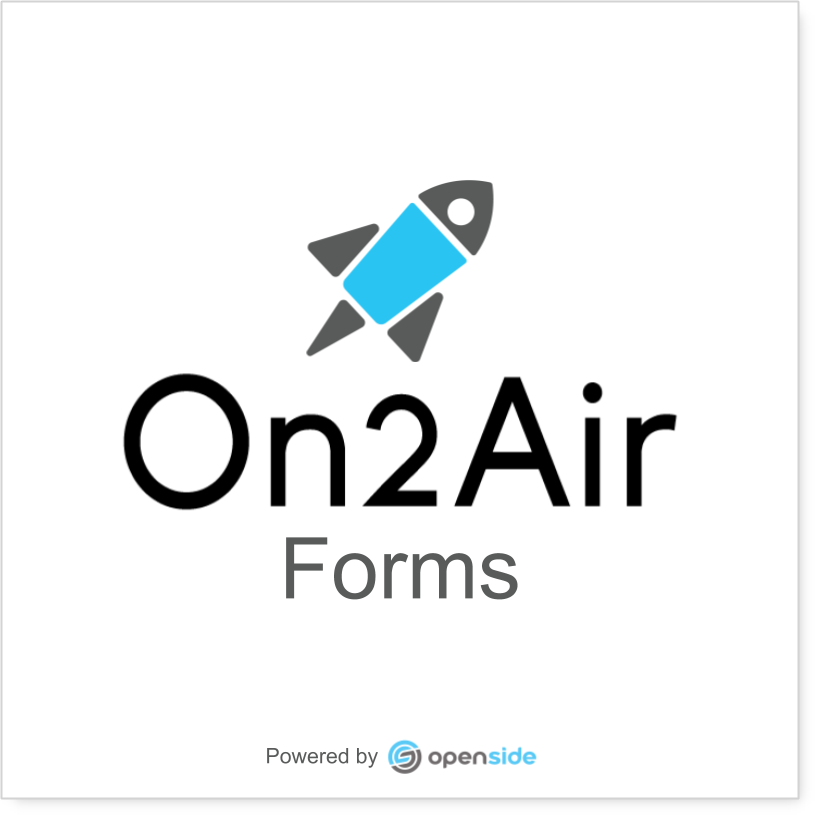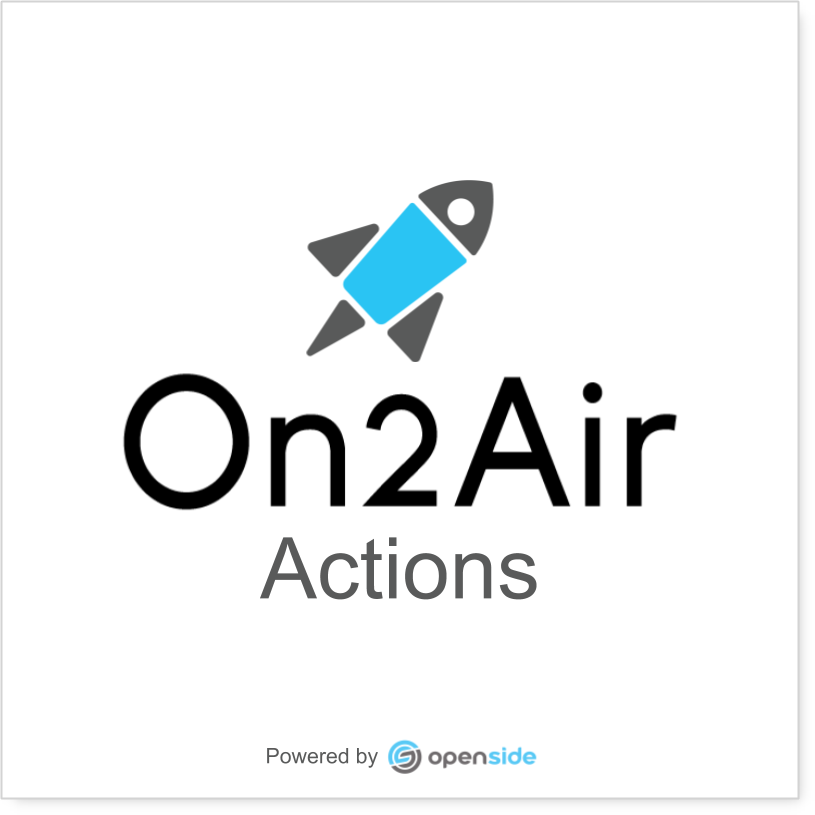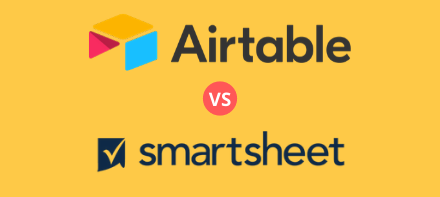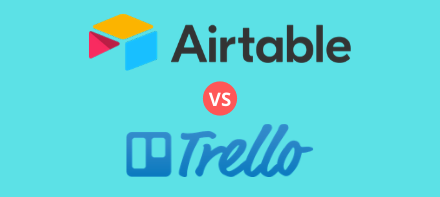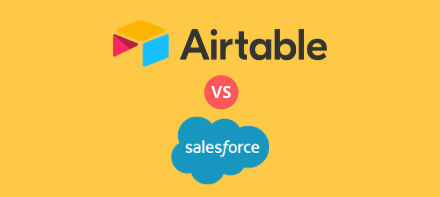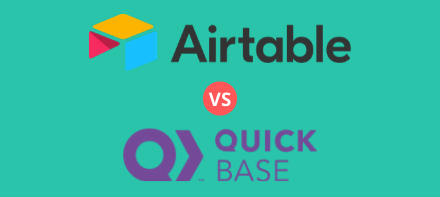Airtable vs. Asana
Choosing a project management software platform to manage your projects and delegate tasks to a team is vital to ensuring projects are on time and on budget. Without efficient project management and collaboration on various tasks, important details can be forgotten or completely missed. It can also have a negative financial impact. Almost 10% of every dollar is wasted due to poor project performance (1).
A project management system can bring your team together and ensure everyone has the same goal and vision. Visualizing your timeline and knowing your project status at all times provides clarity and allows you to quickly adapt as needed.
Airtable and Asana are two project management and content storage platforms. Both are designed to help you manage any type of project in a structured format allowing you the ability to make informed decisions for your team.
If you’re a content marketing agency who is managing multiple clients, projects, and individual tasks, a work management system and client system can prevent chaos.
If you’re in logistics and supplies managing procurement and movement of goods or are a brokerage providing financial services to your clients, a central source to quickly reference information is essential.
In this article, we will cover the features of Airtable and Asana, the pros and cons of each, and ratings for ease of use, price and value, extensions, and support so you can make the best decision for your business.
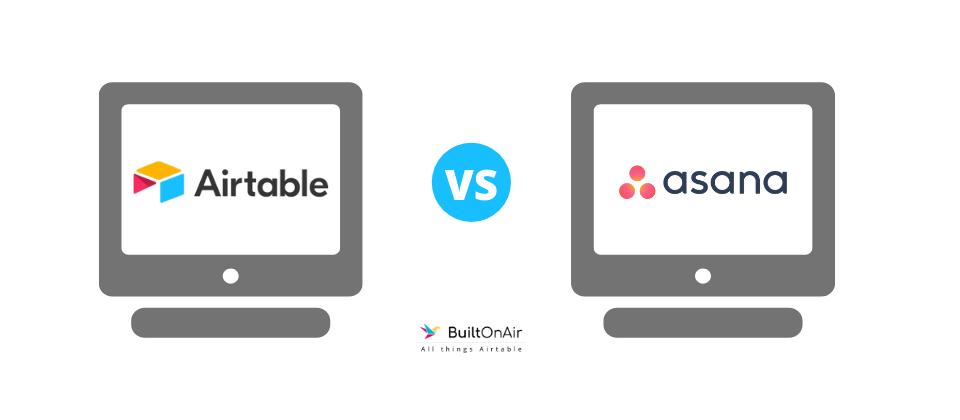
About Airtable and Asana
Airtable and Asana are two premium project management platforms to help companies collaborate and keep projects on track. These tools help you engage with your teammates, delegate tasks, and complete projects with ease.
Airtable is an all-in-one online hybrid database and spreadsheet for managing business data and enhancing team and department collaboration. It was founded in 2012 and is used by over 80,000 companies. Their mission is to democratize software creation by enabling anyone to build the tools that meet their needs. They believe that the person who knows how to best do your work is you and it’s also why you’re the best person to create the software you need to do your work…without having to know how to write code.
Asana is a project and task management platform, helping more than 70,000 organizations and millions of users organize, streamline, and manage their work. It was founded in 2008 and launched commercially in 2012. Asana’s mission is to help humanity thrive by enabling the world’s teams to work together effortlessly. They ensure everything from the most immediate details to the big picture are organized for overall clarity, transparency, and focus.
Why Your Business Needs a Better Solution
As an owner or project manager, you need to see an overview of where your projects are at any point in time. Your team needs a central location to view and take action on all tasks.
An effective work management system includes the ability to collaborate with team members, communicate per task, track due dates, status, attachments, and create custom fields. An easy-to-use custom project management and database solution can be a perfect fit.
Airtable and Asana offer companies a reliable platform making it simple and efficient for team members to collaborate and communicate to complete a project.
Why We Use Airtable
At BuiltOnAir, we are Airtable fanatics and use it to run our own businesses. Its customization features and flexibility make it a fantastic solution for companies in all different industries.
With Airtable, you can store any type of information in its original format. With an easy-to-use interface, you can create your own custom app in a short amount of time. You don’t have to know how to use databases or be a programmer to make Airtable work for your business.
With Airtable, you can create your own custom layout using the simplicity of drag and drop. Each custom app in Airtable is called a Base. Airtable bases contain Tables and Fields. Fields include a variety of options such as Text, Numbers, Data Relationship Links, Barcodes, Users, Checkboxes, Formulas, and many more.
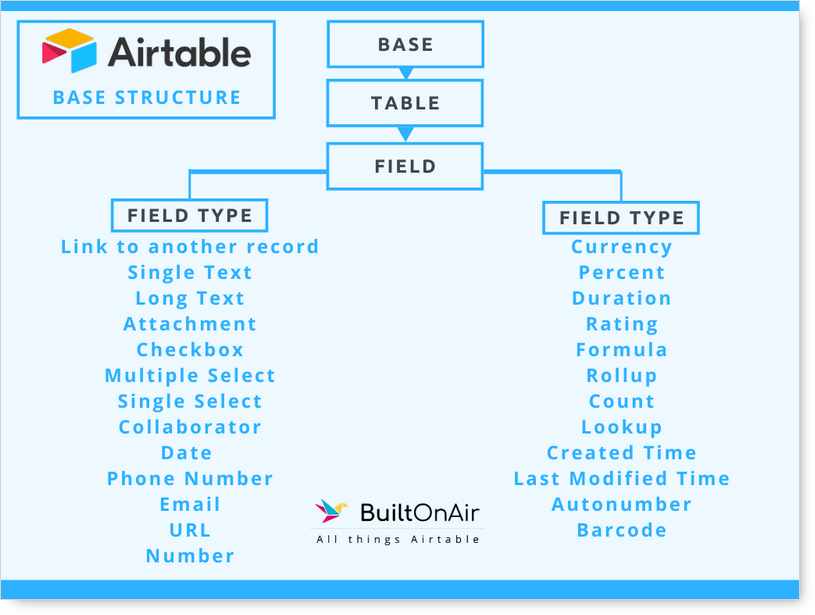
It also has multiple views such as Grid (spreadsheet-view), Calendar, Gallery, Kanban, and Form, enabling you to transform your data any way you like.
Airtable has special app fields that live on top of your Airtable bases called Blocks. Blocks expand your data even further to manage and maintain a dashboard of what’s most important. Blocks include options such as Emailing and Texting directly from your base, Maps, Charts, Scripts (Custom Code), and several other helpful upgrades. Read all about Blocks on their site.
Airtable extends to almost any other software platform you use to run your company with On2Air: Actions. An advanced connector, On2Air: Actions, integrates your Airtable data with over 2,000 additional apps.
Create powerful business processes with almost 20 additional action options beyond the standard Airtable actions.

On2Air: Actions is the solution you need to optimize your systems and enhance the information flow between Airtable and other apps.
To get started with Airtable, check out their Getting Started Guide. Then head over to their extensive collection of pre-made templates and view the amazing community-submitted templates.
Features of Each Platform
Here are the most common features of Airtable and Asana.
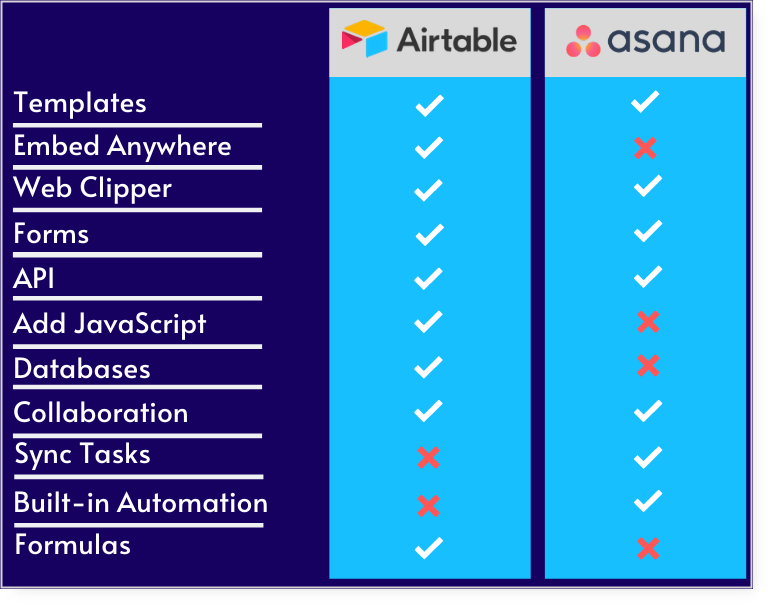
Pros and Cons of Each
Both apps can transform your business. Here are several pros and cons of each.
Pros of Airtable
Airtable is a modern app-like platform allowing you to quickly organize and view your projects and data your way. It has multiple field types and multiple views.
- Create any type of custom field and field type on any plan – Make your own custom-designed database with field types such as text, formula, number, rollup, lookup, percentage, and many more.
- Embed an Airtable base in any website – Change your data in Airtable and it’s automatically updated on your website without logging into the site.
- Create custom dashboards with pivot tables and charts to display any data in your base – Use a pivot table to visualize and group your data or create a bar, line, scatter, pie, or donut chart to analyze your information.
- Add Javascript code to a base to process and enhance your data – Use Javascript to do just about anything with your data. You can set default values for your fields, mail merge with a 3rd party service, or create a better content calendar.
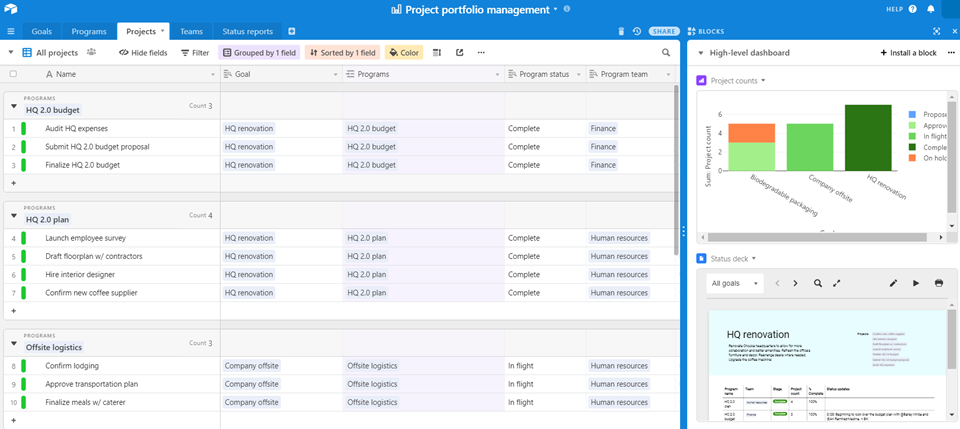
Airtable “Project Portfolio Management”
Pros of Asana
Asana is a powerful project management platform with workflow automation, proofing, and user workload overviews. You can create custom task templates to sync across projects, view project milestones, and manage approvals.
- Sync tasks across projects – Manage department and company tasks in one location with the option to sync tasks in any project.
- Built-in automation – Automatically add dates, move tasks, and assign users to any project or task.
- View users’ task workload – Maintain an overview of all tasks assigned to users giving you the ability to watch project progress or re-assign tasks as needed.
- Send emails into your workspace to automatically create a task – Make any email a task by emailing directly into your task board.
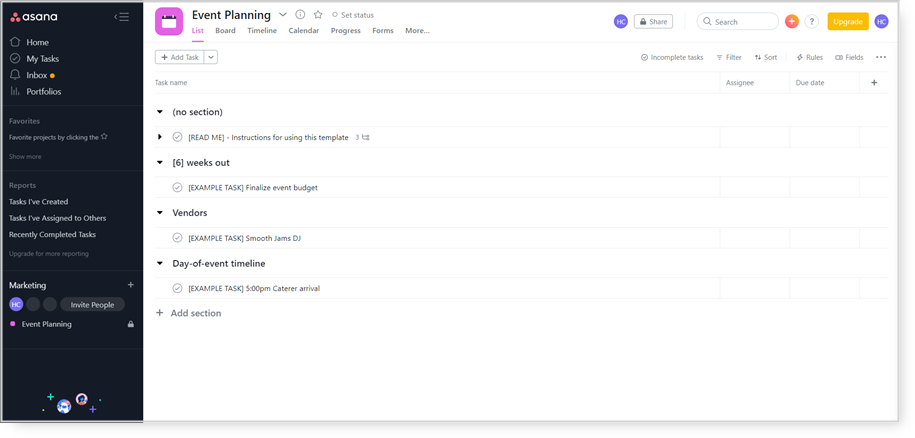
Asana “Event Planning”
Even though both are customizable solutions for your business, no software platform is perfect. Let’s look at the cons of each app.
Cons of Airtable
- Lacks in-app automation
- No task dependencies where one task is altered depending on another task
- Mobile experience lacks many of the web app features
- No task syncing across bases
Cons of Asana
- Not a full database solution to integrate your entire business
- Very few custom field types and only limited to higher plans
- Minimum number of users required for any paid plan and can only increase users in increments of 5 or 10
- Many templates only available for specific plans
Platforms Available
Airtable is available as a web app so you can use it anywhere you have access to the internet. They also have a macOS app, Windows app, and it’s available on both iPhones and Androids. An extra feature is their Google Chrome extension, which allows you to grab anything from the web and add it to Airtable.
Asana is a web app so you can access it from most major browsers. For on-the-go, it’s available on both iPhone and Android. They also have a Google Chrome extension.
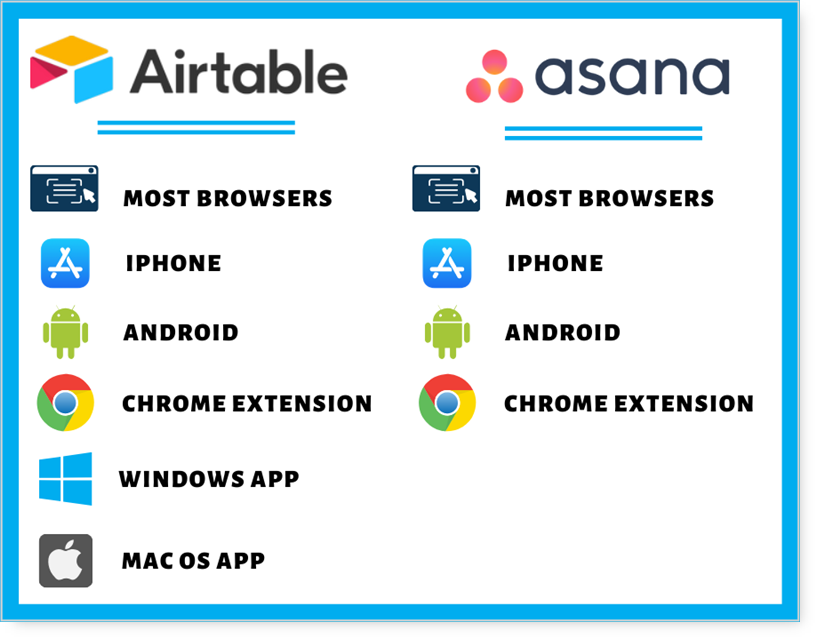
Ratings
Let’s rate the most common functionalities a business looks at when searching for a reliable software platform. These include ease of use, extensions and add-ons, price and value, and support.
Ease of Use
Both
Airtable’s modern interface feels like many other apps you already use. It’s easy to create and navigate, and with a few simple instructions to start, you can get your entire company on board quickly.
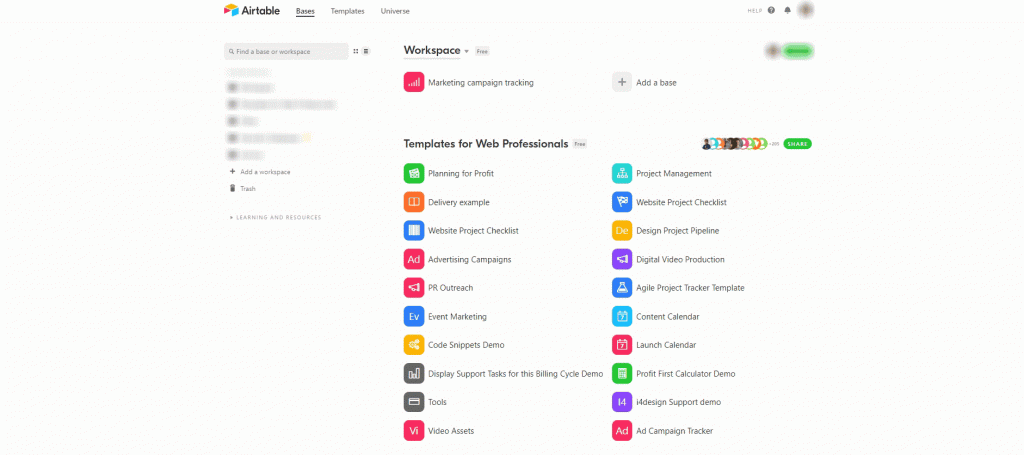
Adding a template base in Airtable
Asana’s interface is smooth and easy to navigate. It’s simple to find any tasks assigned to you, assigned to others, and view recently completed tasks.
Extensions and Add-Ons
Both
Airtable and Asana both have built-in integrations and an API to connect to other services.
Airtable integrates with Slack, Clearbit, Google Hangouts, Google Drive, and JotForm. JotForm’s integration with Airtable can be extended for maximum customization using On2Air: Forms.
Asana integrates with Microsoft 365, Salesforce, Github, Adobe Creative Cloud, and more.
Price and Value
Airtable
Airtable offers a free tier for individuals to use as long as they need with many of the great features included. Airtable has a $10 a month paid annually Plus plan best used when you need to store more data.
They also have a Pro plan with upgraded features for $20 a month paid annually or $24 paid month-to-month.
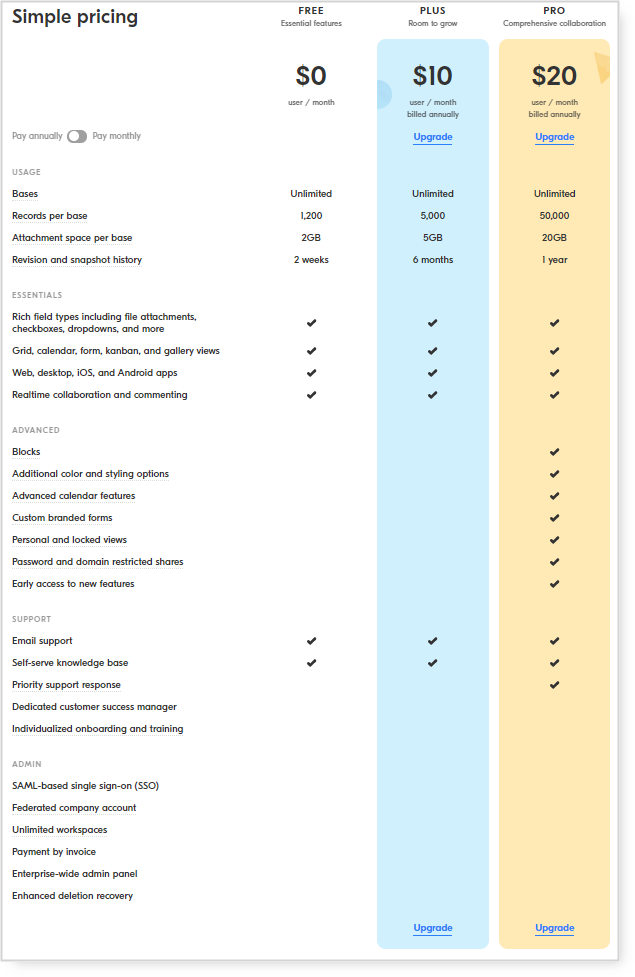
Asana has a free plan with limited features. They also have a 30 day free trial of their premium plans, but you must enter credit card information to begin the trial. They have a Premium and Business plan with upgraded features. Premium is $6.99 a month paid annually or $10.99 a month paid monthly. The Business plan is $24.99 a month paid annually or $30.49 a month paid monthly.
One negative of Asana pricing is you must pay for a minimum number of 5 users, and you can only upgrade in increments of 5 users. If you have 6 users, you must still pay for 10 users.
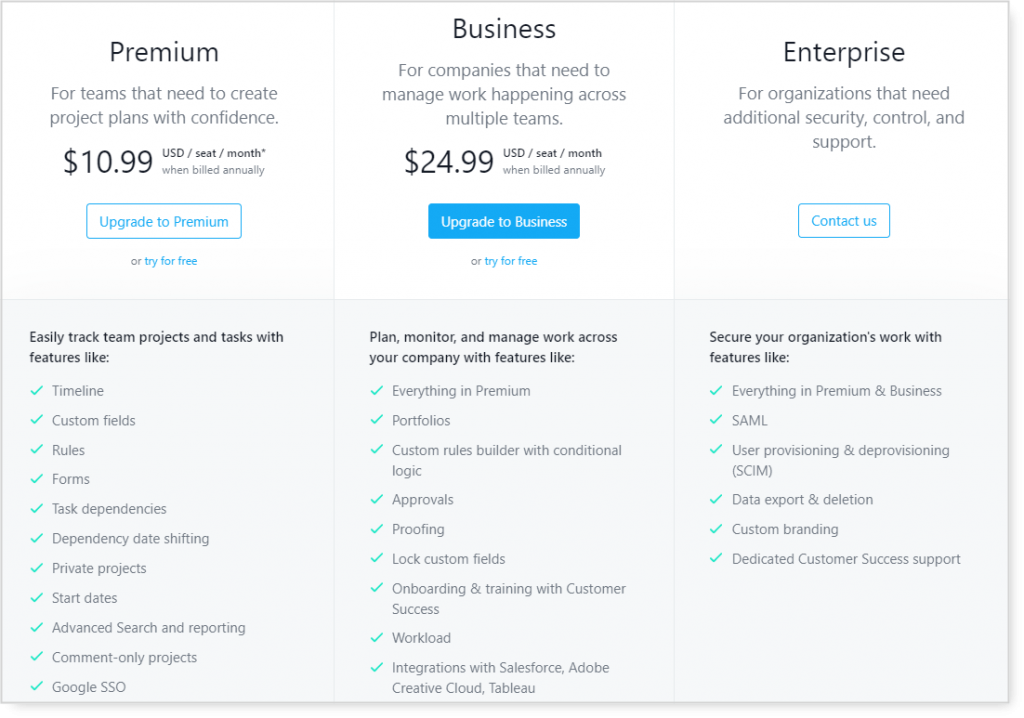
Both platforms have optional Enterprise plans for larger organizations.
Support
Both
Airtable support is available by chat or dedicated support on the Enterprise plan. Airtable replies within 1-2 days or quicker with priority support. Asana support is available through their online contact form.
User Reviews
Airtable
Airtable has a rating of 4.6 out of 5 on G2.

Common positive reviews state Airtable helps with better document management, project collaboration, and easy integration with other software tools.
.
An agency user at a small business appreciates the versatility of being able to use it for various functions, “I love that Airtable can fulfill numerous different functions that will eventually replace numerous tech platforms for us, including social media managers, content management systems, time tracking, and even our project management system. I also love that it can integrate with Zapier to automate capabilities, saving us a ton of time and potential for error by having to make duplicate entries in multiple tech platforms and systems in order to track our activities. I really appreciate that it can work as a middle ground between business users and our data/database experts, so that we can all use the same system despite having different skill sets and comfort levels with relational databases.”
Logan M., in Government Relations, can keep track of relationships and other important information, “Airtable is extremely user-friendly. It allows you to easily set up tables and build relationships between them. Also, the multiplicity of features gives you ample tools to accomplish your tasks. I have been able to use Airtable to manage a complicated program and have shown it to other colleagues who are implementing Airtable to solve other solutions.”
Negative reviews claimed the inability to link bases was a frustration, and better onboarding support was needed.
Asana
Asana has a rating of 4.3 out of 5 on G2.
Several positive reviews claim it provides better team collaboration and provides immediate feedback on any project with workload overview.
Tara T., Marketing Specialist, enjoys the team collaboration, “I like having the ability to manage my own personal work, my team’s work, projects and tasks all in one place. It’s interface is easy to use and easy to customize for your own needs. I like being able to visually see where we are in the planning process of a project and it allows us to keep on track. I like being able to assign projects to someone.”
Pierre D., Senior Vice President, is able to delegate and oversee all department projects, “Asana provides enhanced community coordination of assignments and subgoals I may make. Asana always encourages me to assign responsibilities to my colleagues and lets us boost our team’s efficiency. My departments are aware of who cares for the projects and I can monitor the activities already done. Every assignment can be timely so that my staff can work more quickly and effectively.”
Negative reviews included the pricing model and the number of users, a need to integrate with sales and budgeting apps, and the need for a better layout of the board view and calendar view.
How to Migrate from Asana to Airtable
If you are ready to make the move and migrate from Asana to Airtable for more in-depth databases and structure, it only takes a few steps.
Airtable allows for CSV imports and Table-style copy and paste imports.
Asana gives you the option to export each project as a CSV or JSON.
The best way to migrate your data from Asana to Airtable is to export your Asana project as a CSV.
To export your Asana project, open your project, and click on the arrow to the right of the project name.
Go to Export/Print > CSV.
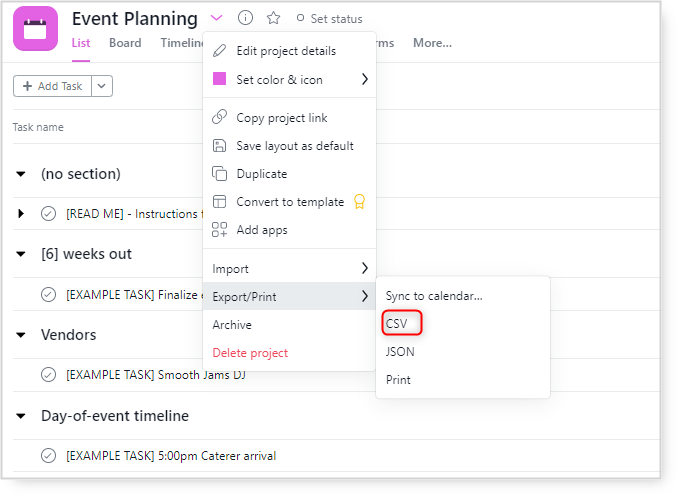
Your project will export in CSV format with headers and will contain your tasks, notes, users, and other relevant project information.
In Airtable, click Add a base > Import a spreadsheet.

Next, you will click Choose a .CSV file and choose your project CSV file.

Finally, click Upload.
Airtable will create a new field for each CSV column header and then add each row in your CSV as a new record row in Airtable.
You can then go into the Base and change the Column Field Types to fit your specific data needs.
It won’t be perfect at first and will take some data adjustments. (No software transition is completely seamless!) However, once you begin using Airtable, you will quickly see just how simple and awesome it is!
Additional Airtable Resources and Tools
BuiltOnAir is your resource for all things Airtable. We have a directory of the best Airtable Product Extensions and Tools, Communities, Consultants and Service Providers, and Scripts. If you want to read about specific industries using Airtable, check out our Ultimate Airtable Industry Guides. We also have a podcast featuring Airtable users from a variety of industries and companies.
If you want to stay up to date on all things Airtable, subscribe to the BuiltOnAir newsletter for a weekly update of all things Airtable and community-related. We never send promotions (other than the occasional note from our sponsor, Openside), and do our best to curate the most relevant content in the Airtable space.
On2Air | Openside
BuiltOnAir is proud to be sponsored by Openside, a talented consulting and development company that has built advanced integration and workflow tools for Airtable.
As the only provider of premium products and services for Airtable, Openside not only builds Airtable integration tools but supports them with a unique array of services and solutions for companies.
Two of the best tools for Airtable business professionals are:
On2Air: Forms
On2Air Forms combines JotForm’s robust form-building capabilities to pull Airtable data into your forms and then push form responses back to Airtable.
Key features:
- Pull any data from your Airtable databases into forms
- Search within databases for form options
- Auto-populate forms from pre-existing data
- View names or filters from Airtable in your forms
On2Air: Actions
An advanced integration and automation tool perfect for workflows. With this tool, you can:
1) Integrate Airtable with a large variety of apps used in your workflows and reduce manual work
2) Gain access to advanced options (not possible with other Airtable connectors on the market) to make everything more simple and powerful
Key features of the On2Air: Actions tool:
- Trigger changes to your bases from a large variety of choices
- Update or delete fields and records according to desired criteria
- Find or create records according to ID, views, or other options
- Pull data from external systems into your Airtable schema automatically
Summary
When choosing a project and workflow management software, Airtable and Asana are both helpful tools for organizing your project needs.
Each has a variety of features to use depending on your unique requirements and services. If you want a powerful project management and database solution that’s easy to set up and organizes your data, Airtable is a top choice. If you want a dedicated project management tool with no other company data integrated, Asana would be the solution for you.
At BuiltOnAir, we are advanced Airtable users and business owners and have seen how versatile it can be for anyone. It’s an innovative online, relational database but practical enough to be extended throughout your entire company. We recommend Airtable as an easy-to-use solution for project management and customizing your business needs.
(1) https://www.pmi.org/-/media/pmi/documents/public/pdf/learning/thought-leadership/pulse/pulse-of-the-profession-2018.pdf




